Cats’ eyes are among their most expressive features, and their pupils often reveal much about their mood, environment, and health. If you’ve ever observed your cat’s pupils changing size, you may have wondered why this happens and what it could signify. This blog delves into the reasons behind the changing size of cats’ pupils, exploring both normal physiological responses and potential health concerns.
Understanding Cat Pupils
Cats’ pupils can appear in various shapes and sizes, depending on their lighting, emotional state, and overall health. Here’s a basic overview of how a cat’s pupils function:
- Pupil Anatomy:
- Iris: The colored part of the eye surrounding the pupil, which controls its size.
- Pupil: The black, circular opening in the center of the iris that adjusts in size to regulate the amount of light entering the eye.
- Pupil Shape:
- Vertical Slits: Cats typically have vertically elongated pupils. This shape helps them manage light more effectively and enhances their ability to see in low light.
Reasons for Changing Pupil Size
Cats’ pupils can change size for several reasons, ranging from normal physiological responses to more serious health issues. Here’s a detailed look at why this happens:
- Light Levels:
- Dilation and Constriction: In low light conditions, cats’ pupils dilate (enlarge) to allow more light to enter the eye, improving their vision. In bright light, their pupils constrict (shrink) to reduce the amount of light entering the eye and prevent damage.
- Emotional State:
- Excitement or Fear: When a cat is excited, scared, or agitated, their pupils can dilate as part of the “fight or flight” response. This dilation allows more light to enter, enhancing their ability to react to potential threats.
- Relaxation: Conversely, when a cat is calm or relaxed, their pupils may constrict as their body enters a more restful state.
- Health Conditions:
- Anisocoria: This condition involves one pupil being larger than the other. It can be a sign of various health issues, including neurological disorders or eye trauma.
- Uveitis: Inflammation of the uvea (the middle layer of the eye) can cause changes in pupil size and shape.
- Glaucoma: Increased pressure within the eye can lead to pupil dilation and other visual changes.
- Vision Problems: Certain vision issues can cause abnormal pupil responses, such as persistent dilation or constriction.
- Medications and Toxins:
- Drug Effects: Some medications can cause changes in pupil size as a side effect. For example, atropine can dilate pupils, while other medications may cause constriction.
- Toxins: Exposure to certain toxins or poisons can lead to abnormal pupil responses. If you suspect your cat has ingested something toxic, seek veterinary care immediately.
- Age-Related Changes:
- Senior Cats: As cats age, their pupils may become less responsive to changes in light. This can be due to natural changes in the eye’s structure and function.
How to Assess Pupil Changes
Observing your cat’s pupils can provide important clues about their overall health. Here’s how to assess and interpret pupil changes:
- Check for Symmetry:
- Normal Pupils: In a healthy cat, both pupils should be approximately the same size and react similarly to changes in light.
- Unequal Pupils: If one pupil is consistently larger or smaller than the other, this could indicate an underlying issue that needs veterinary attention.
- Monitor Light Response:
- Reaction to Light: Test how your cat’s pupils react to changes in light by gently shining a flashlight near their eyes. Both pupils should constrict in response to light.
- Observe Behavior:
- Behavioral Changes: Note any changes in behavior, such as increased sensitivity to light, reluctance to play, or signs of discomfort. These can provide additional context for abnormal pupil changes.
When to Seek Veterinary Help
While occasional changes in pupil size are typically normal, certain signs and symptoms warrant a visit to the veterinarian:
- Persistent Anisocoria: If one pupil remains consistently larger or smaller than the other, it could indicate a serious condition, such as a neurological problem or eye disease.
- Abnormal Pupil Response: If your cat’s pupils do not react properly to light or exhibit unusual shapes, this could be a sign of an underlying health issue that needs to be addressed.
- Additional Symptoms: Accompanying symptoms such as vision changes, redness, swelling, or discharge from the eyes should prompt a veterinary consultation.
- Behavioral Changes: Significant changes in behavior, such as increased aggression, lethargy, or discomfort, may be linked to eye problems or other health issues.





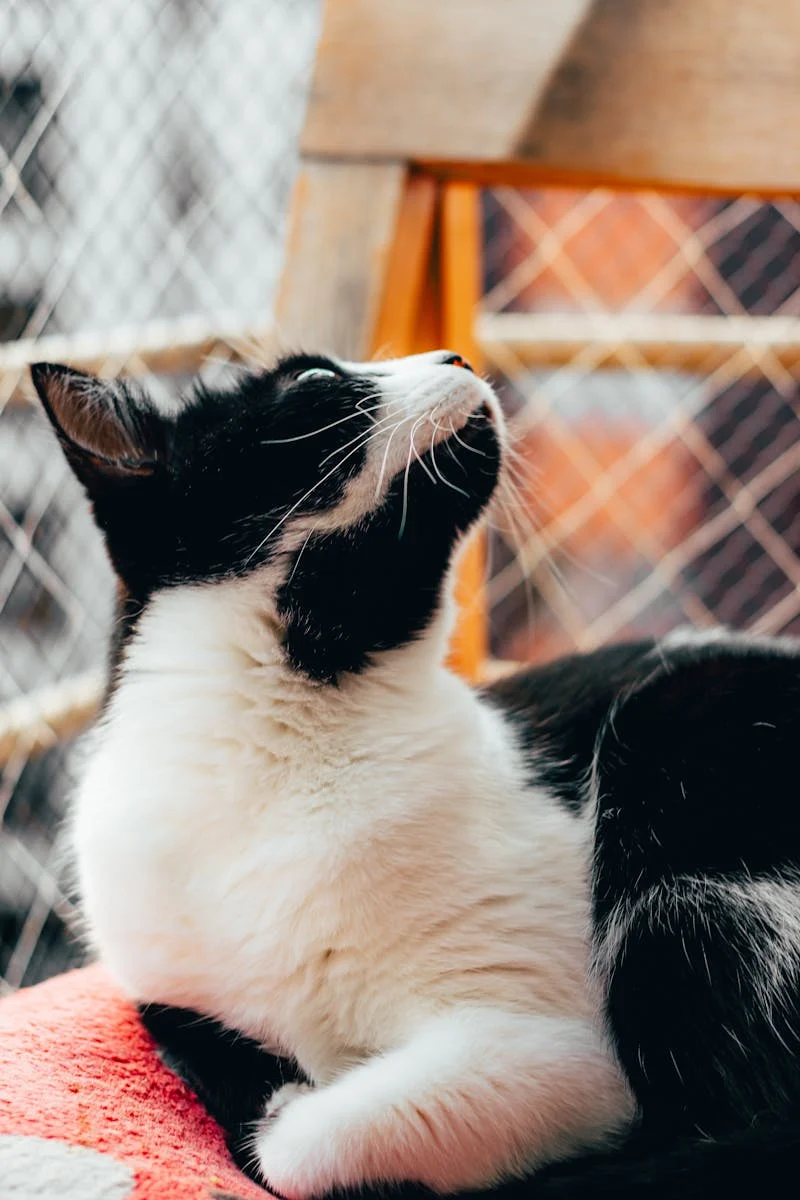

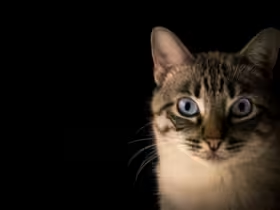
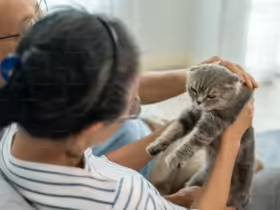
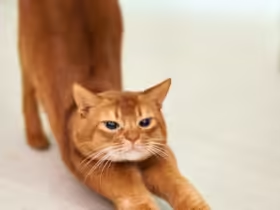
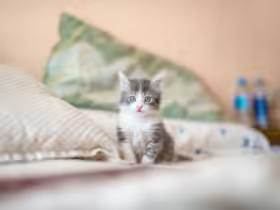
Leave a Reply